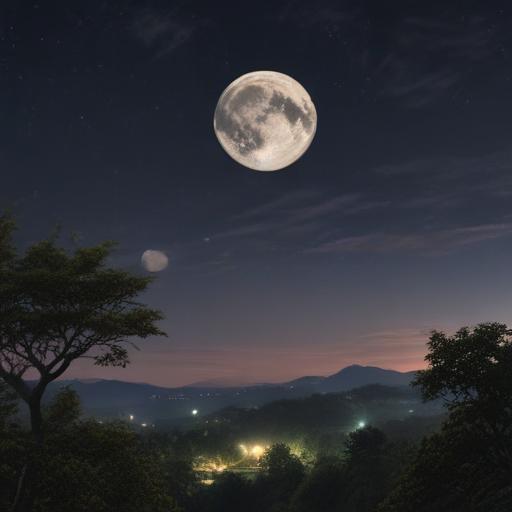On Sunday, August 10, skywatchers will have the chance to witness a spectacular celestial event known as the ‘planet parade,’ where six planets will align in the pre-dawn sky. This captivating display includes Mercury, Venus, Jupiter, and Saturn, all of which can be viewed with the naked eye during the hour leading up to sunrise. However, those eager to glimpse Uranus and Neptune will require a telescope or binoculars.
Accompanying the planetary alignment will be a nearly-full ‘sturgeon moon,’ which will reach its peak illumination on August 9. The excitement continues as the planet parade will be followed by the Perseid meteor shower, expected to peak on the evenings of August 12 and 13.
To catch the best view of this cosmic arrangement, stargazers should position themselves facing the eastern horizon. Mercury will rise shortly before dawn in the vicinity of the Cancer constellation. Jupiter and Venus will be visible a bit higher and to the right of Mercury, coming together for their closest approach, known as a conjunction, on August 12.
Meanwhile, Uranus will appear the highest in the sky relative to Mercury, Jupiter, and Venus. Though it is better viewed with binoculars or a telescope, Neptune and Saturn will sit below and to the right of Uranus, potentially more challenging to observe due to the bright light of the full moon.
The phenomenon of planets appearing to align is a result of their continuous orbits around the sun and the relative positions of Earth. As they travel along the ecliptic path, they occasionally align from our perspective, creating beautiful formations—though these alignments are temporary since each planet moves at different speeds.
Looking ahead, the next similar alignment will take place on February 28, 2026, when Mercury, Venus, Neptune, Saturn, Uranus, and Jupiter will again come together in the night sky. This ongoing display of celestial events serves as a reminder of the beauty and dynamism of our solar system, sparking interest and wonder in stargazers everywhere.
